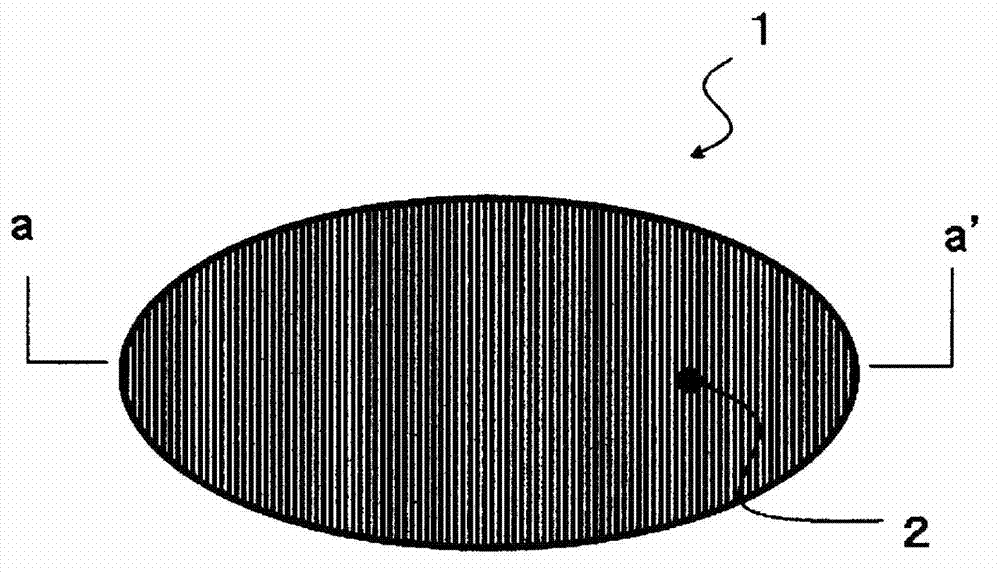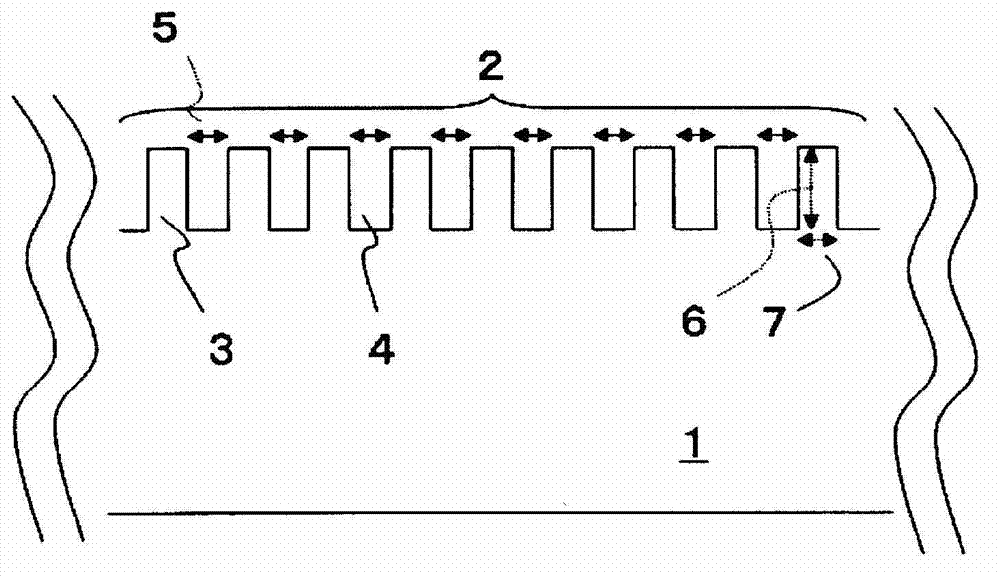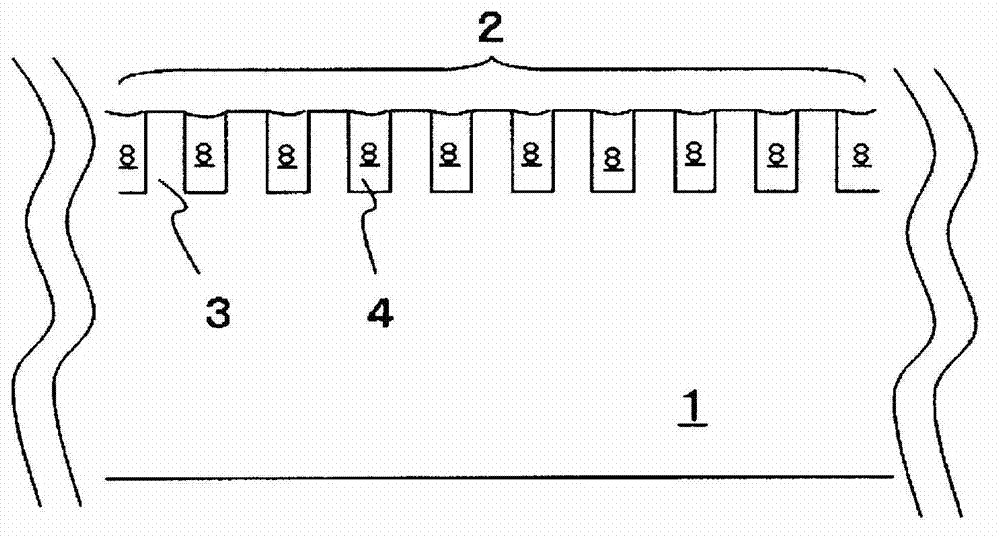Water-repellent protective film formation agent, chemical solution for forming water-repellent protective film, and wafer cleaning method using chemical solution
A chemical solution and protective film technology, applied in the direction of liquid cleaning methods, chemical instruments and methods, cleaning methods and utensils, etc., can solve problems such as inapplicability and inapplicability
- Summary
- Abstract
- Description
- Claims
- Application Information
AI Technical Summary
Problems solved by technology
Method used
Image
Examples
Embodiment 1
[0157] In Example 1, a study was conducted on the treatment of silicon oxide and silicon nitride. As smooth-surfaced wafers of silicon oxide and silicon nitride, "SiO with SiO" having a silicon oxide layer on a smooth-surfaced silicon wafer were used, respectively. 2 films on silicon wafers” (expressed in Table 1 as SiO 2 ), and a "silicon wafer with SiN film" (expressed as SiN in Table 1) with a silicon nitride layer on a smooth silicon wafer.
[0158] The details are as follows. The evaluation method of the wafer supplied with the chemical solution for forming a protective film, the preparation of the chemical solution for forming a protective film, and the evaluation results after supplying the chemical solution for forming a protective film to the wafer are described below.
[0159] [Evaluation method of a wafer supplied with the chemical solution for forming a protective film of the present invention]
[0160] As an evaluation method of a wafer supplied with the chemic...
Embodiment 1-1
[0172] (1) Preparation of chemical solution for protective film formation
[0173] 1g nonafluorohexyl dimethyl chlorosilane [C 4 f 9 (CH 2 ) 2 (CH 3 ) 2 SiCl] as a protective film forming agent, 96 g of hydrofluoroether (HFE-7100 manufactured by 3M Company) as an organic solvent, and 3 g of propylene glycol monomethyl ether acetate (PGMEA) were mixed (the aforementioned organic solvent is expressed as HFE7100 / PGMEA in Table 1 ), and stirred for about 5 minutes to obtain a chemical solution for forming a protective film with a concentration of the protective film forming agent (hereinafter referred to as “protective film forming agent concentration”) of 1% by mass relative to the total amount of the chemical solution for forming a protective film.
[0174] (2) Wafer cleaning
[0175] Immerse a smooth silicon wafer with a silicon oxide film (a silicon wafer with a thermally oxidized film layer with a thickness of 1 μm on the surface) in 1 mass % hydrofluoric acid aqueous s...
Embodiment 1-2~1-3
[0184] The organic solvent used in Example 1-1 was changed, the surface treatment of the wafer was performed, and the evaluation of the wafer was further performed. The results are shown in Table 1. In addition, in Table 1, CTFP / PGMEA means that 1-chloro-3,3,3-trifluoropropene (CTFP) was used instead of the organic solvent of HFE-7100 in Example 1-1, and DCTFP / PGMEA means that the organic solvent used cis-1,2-dichloro-3,3,3-trifluoropropene (DCTFP) was used instead of the organic solvent of HFE-7100 in Example 1-1.
PUM
 Login to View More
Login to View More Abstract
Description
Claims
Application Information
 Login to View More
Login to View More - R&D
- Intellectual Property
- Life Sciences
- Materials
- Tech Scout
- Unparalleled Data Quality
- Higher Quality Content
- 60% Fewer Hallucinations
Browse by: Latest US Patents, China's latest patents, Technical Efficacy Thesaurus, Application Domain, Technology Topic, Popular Technical Reports.
© 2025 PatSnap. All rights reserved.Legal|Privacy policy|Modern Slavery Act Transparency Statement|Sitemap|About US| Contact US: help@patsnap.com



